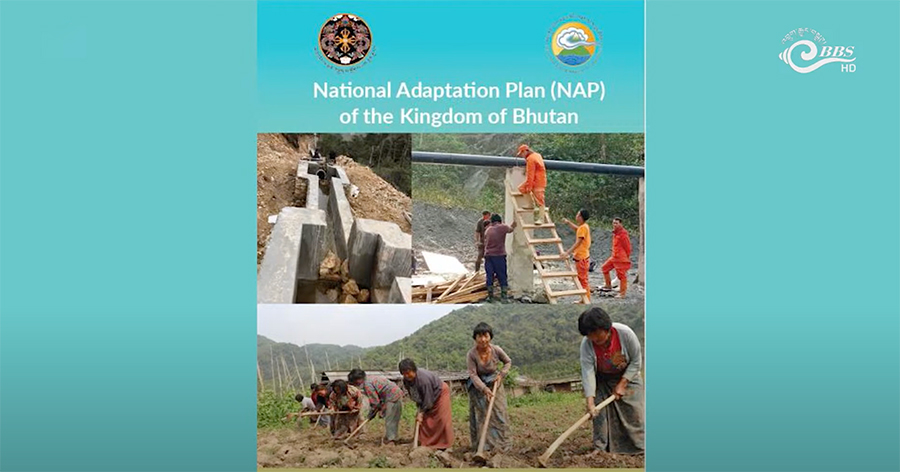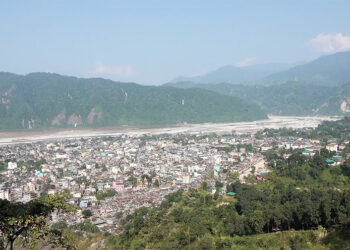 With several projects underway and climate adaptation efforts gaining momentum, Bhutan’s first National Adaptation Plan is beginning to take shape. In its initial phase, the plan prioritises the development of climate-resilient irrigation and drinking water systems.
With several projects underway and climate adaptation efforts gaining momentum, Bhutan’s first National Adaptation Plan is beginning to take shape. In its initial phase, the plan prioritises the development of climate-resilient irrigation and drinking water systems.
Bhutan launched its first National Adaptation Plan (NAP) in 2023 as a roadmap to strengthen the country’s resilience to climate change. The plan identifies climate risks across seven vulnerable sectors: water, agriculture and livestock, forests and biodiversity, human settlements and climate-smart cities, health, energy, and climate services and disaster risk reduction.
Following its assessments, the water sector emerged as the top priority.
The Department of Infrastructure Development is currently rolling out the Advancing Climate Resilience of the Water Sector (ACREWAS) project. Over five years, the project aims to build climate-proof drinking water systems in Gasa and Punakha, and an integrated irrigation and drinking water system in Tsirang. Once complete, the project will benefit more than 37,000 people.
Meanwhile, the Department of Water, in partnership with the Bhutan Trust Fund for Environmental Conservation, is supporting similar projects in Paro, Dagana, and Tsirang. The projects are expected to benefit 36,000 people.
“By implementing the adaptation project and doing climate action will bring immense benefit to the country like Bhutan because Bhutan is geographically situated in a mountainous country, which is vulnerable to climate change. The ACREWAS project for the water sector will help in building resilient water sources for the supply of water,” said Sonam Gyelpo, the environment officer with the Department of Environment and Climate Change.
He says work is underway to develop adaptation plans for other vulnerable sectors such as agriculture, health, and energy. The implementation of the National Adaptation Plan over the next 15 years is estimated to cost USD 14bn.
Sonam Yuden
Edited by Sangay Chezom









